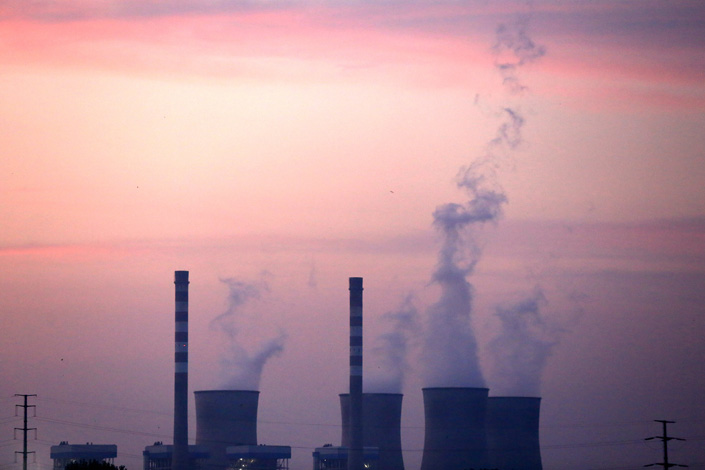Smart Talks: China, U.S. Cooperation Vital to Fix Climate Issues, and Young People Can Lead the Charge
Listen to the full version

Editor's note: Caixin Global and Yale Center Beijing jointly launched in August a Smart Talks on Climate Change program, including an essay competition, to endow young leaders of the next generation aged 16 to 25 to tackle the problem. We're publishing the top three essays from the winners of the competition as this year’s program concluded in November.
In recent years, global climate change has led to frequent extreme climate disasters, which have caused suffering for countless innocent people. At the same time, the Covid-19 pandemic has evolved into a global crisis, which has seriously affected the trust and understanding between countries.
Unlock exclusive discounts with a Caixin group subscription — ideal for teams and organizations.
Subscribe to both Caixin Global and The Wall Street Journal — for the price of one.
- MOST POPULAR






